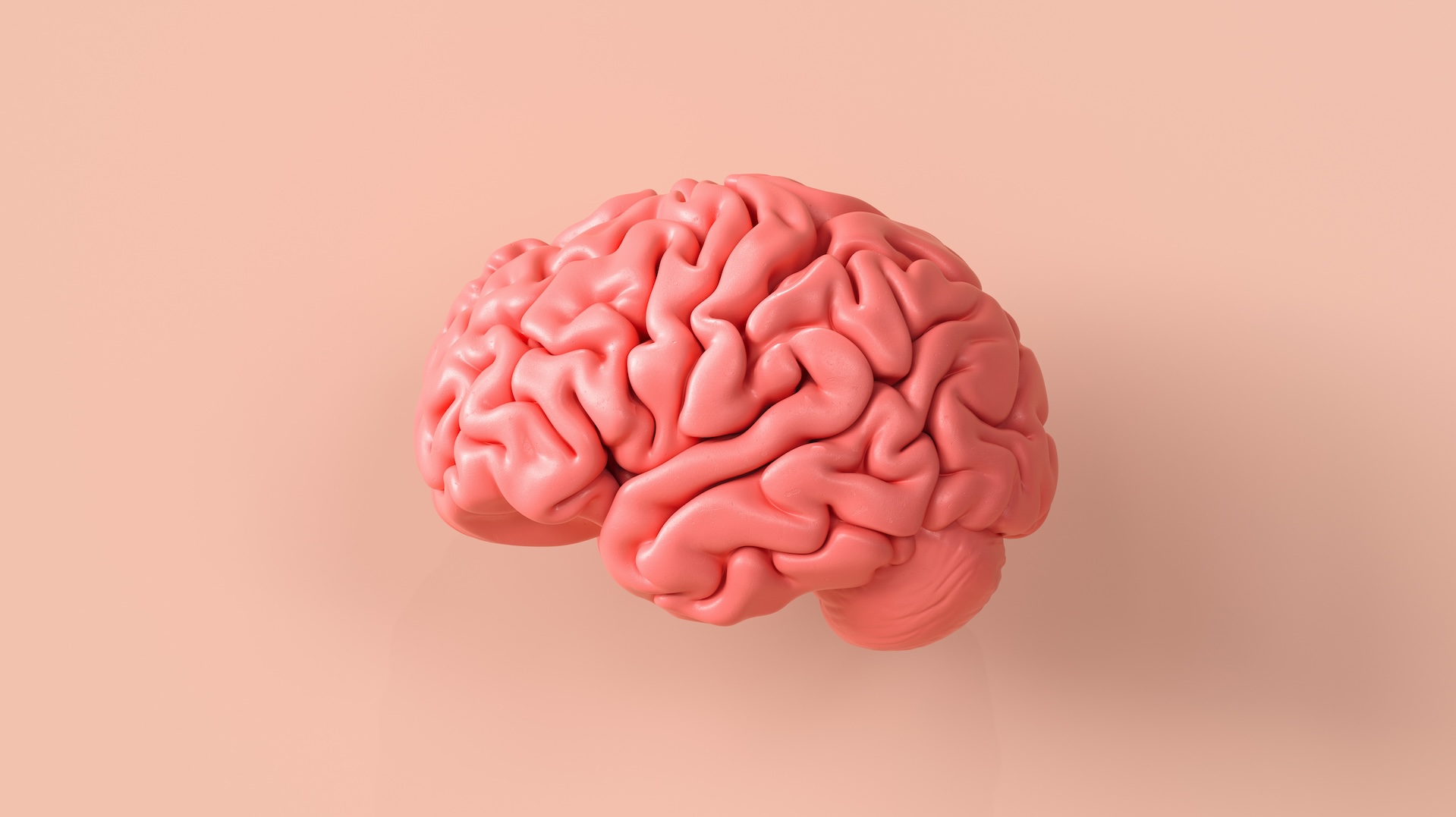Batteries, Vol. 9, Pages 423: The Investigation of Triple-Lithiated Transition Metal Oxides Synthesized from the Spent LiCoO2
Batteries doi: 10.3390/batteries9080423
Authors: Alexandra Kosenko Konstantin Pushnitsa Vladislav Chernyavsky Pavel Novikov Anatoliy A. Popovich
The environmentally friendly closed cycle of the regeneration process of spent LiCoO2 was successfully developed and the following synthesis of triple-lithiated transition metal oxides was carried out. A hydrometallurgy recycling route with the usage of 1.5 mol/L of malic acid and 3 vol.% of H2O2 as a leaching solution for cobalt extraction was chosen. The efficiency of the cobalt extraction reached 95%. The obtained material was investigated using an X-ray diffraction analysis and the EDX and SEM methods. The electrochemical behavior of the synthesized NCM111 was analyzed and compared to the commercially available material of the same type. The material demonstrated a specific discharge capacity on the first cycle of 163.7 mAh/g. The cyclic resource of the material turned out to be unsatisfactory. In addition, perspective cathode materials, such as NCM622 and NCM811, were obtained. The synthesized materials were analyzed using XRD, SEM, EDX, charge–discharge and cycle life tests, and the CVA and EIS methods. The initial specific discharge capacities of the NCM622 and NCM811 were 168 and 187 mAh/g, respectively. On the fifth cycle, the NCM622 demonstrated an increasing capacity—to 179 mAh/g, unlike NCM811, as the capacity of this material decreased to 141 mAh/g.

 9 months ago
28
9 months ago
28


